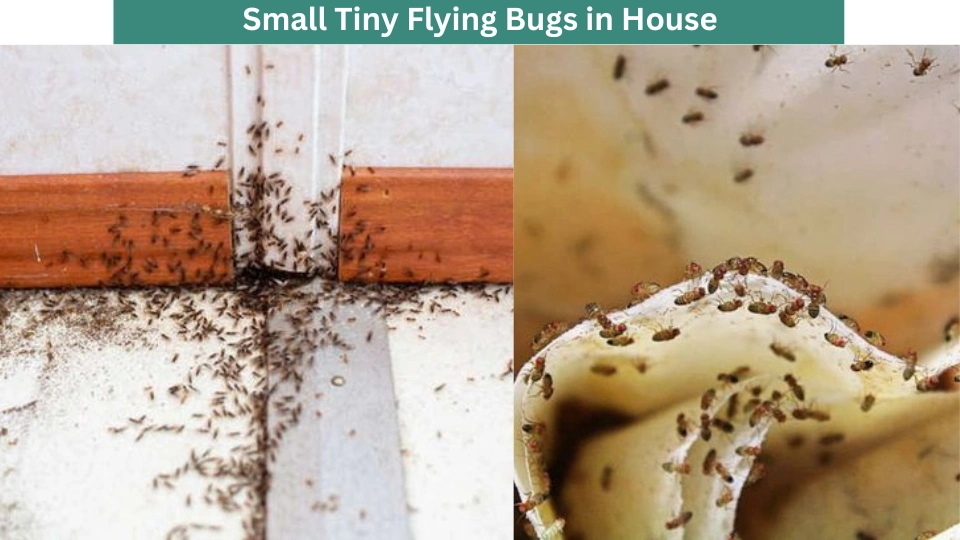Small tiny flying bugs in house can really bother people, making them annoyed and causing problems. If you’re trying to get rid of them, you’re probably dealing with a pest problem that needs to be sorted out quickly.
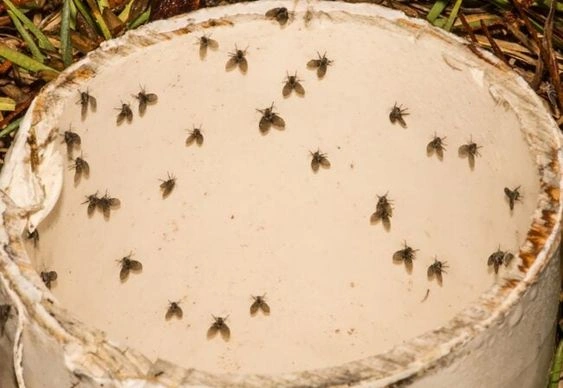
However, if you can’t figure out what these flying insects are, getting rid of them can be tough. Plus, it’s hard to find products that work and are safe for your family.
Luckily, there are plenty of resources available to help you identify the flying insects you’re dealing with. Various solutions have been proven to work, so you can take care of your bug problem in no time.
Common Types of small Tiny flying bugs in house
Before you can start addressing the issue of small tiny flying bugs in house, it’s essential to determine the specific type you’re dealing with.

There’s a diverse array of flying insects, encompassing cockroaches and mosquitoes, among others, which may seek refuge in your home. However, some are notably difficult to classify.
Common examples like gnats, fruit flies, drain flies, and clothes moths frequently pose identification hurdles.
Hence, if you’ve noticed small flying bugs in your house but remain uncertain about their classification, initiate the process by examining whether any of the subsequent descriptions resonate with your observations.
Table of Contents
TogglePictures of Little Black Flying Bugs
Pictures of small black flying bugs show images of tiny dark-colored insects in flight, aiding in their identification and understanding.
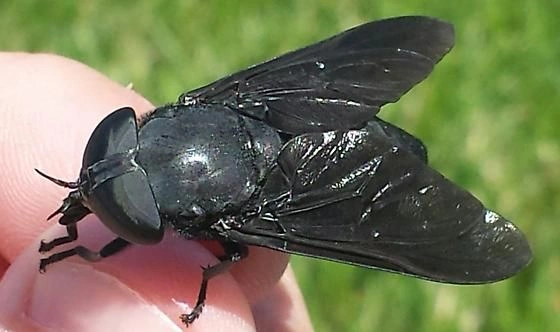
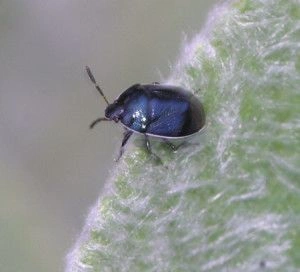
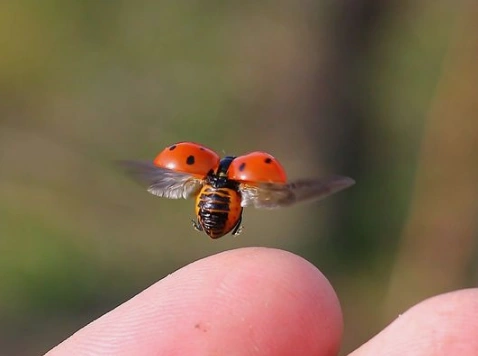
How Do you Remove Flying Bugs Easily?
Get rid of flying bugs effortlessly with simple methods. Keep your surroundings bug-free using easy solutions.
1: Target Hotspots for Some Immediate Relief
When most individuals initially encounter small tiny flying bugs in their house and begin exploring ways to address them, their primary focus is typically on eliminating these pests.
This approach is sensible for providing immediate relief, especially if there’s limited time to fully tackle the bug issue right away.

